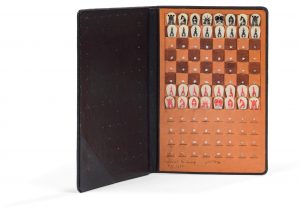S for Spinel
Published on

In its red variety, this stone was long confused with the ruby and embellished many historic jewellery sets. Unjustly forgotten, it is now making a comeback on the jewellery scene. This pendant/brooch with a 50 ct spinel belonging to Henry Philip Hope fetched £962,000 in London in 2015.© Bonhams In the world of gems, spinel has been dogged by its reputation as an impostor, particularly when it has a fine red shade, like the ruby. It was found in the great royal courts from Great Britain to Russia under misleading names like the Black Prince's Ruby, Tamburlaine's Ruby and Catherine










